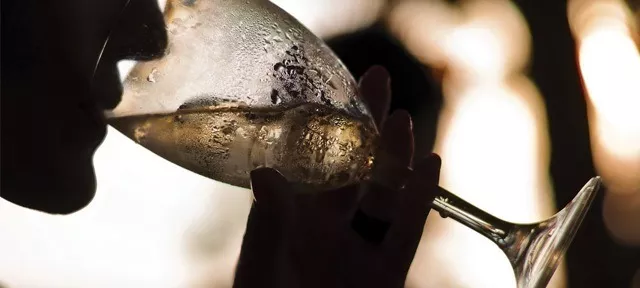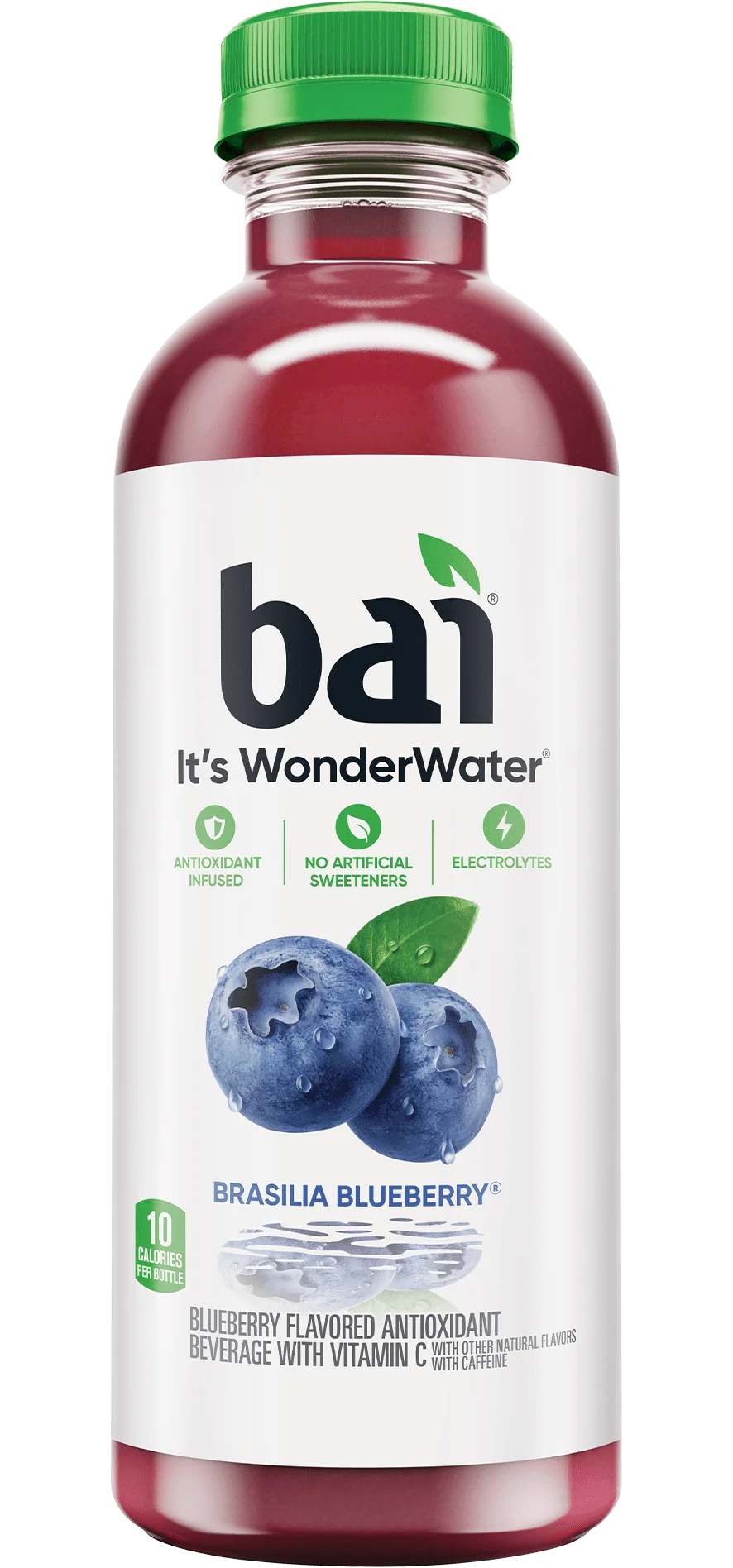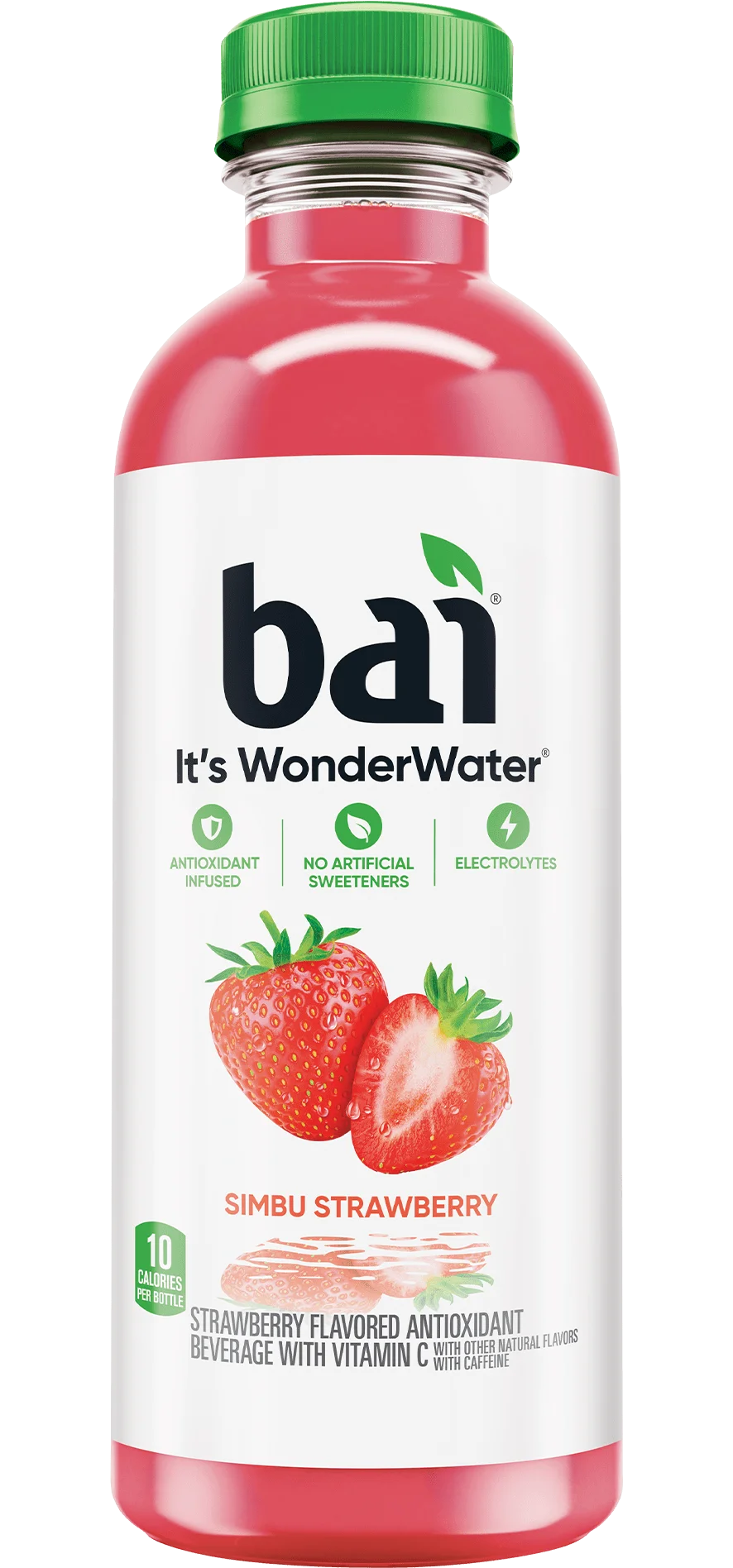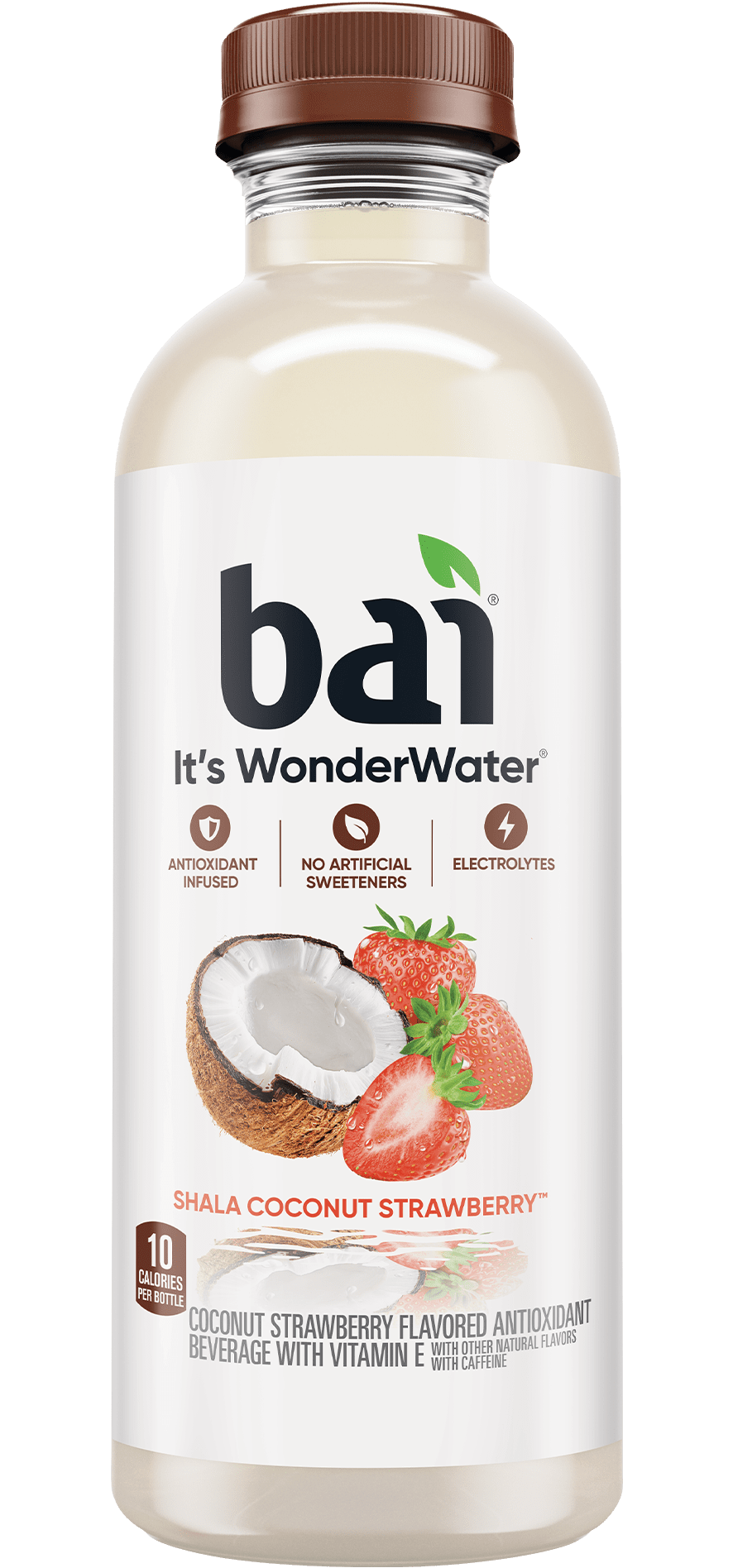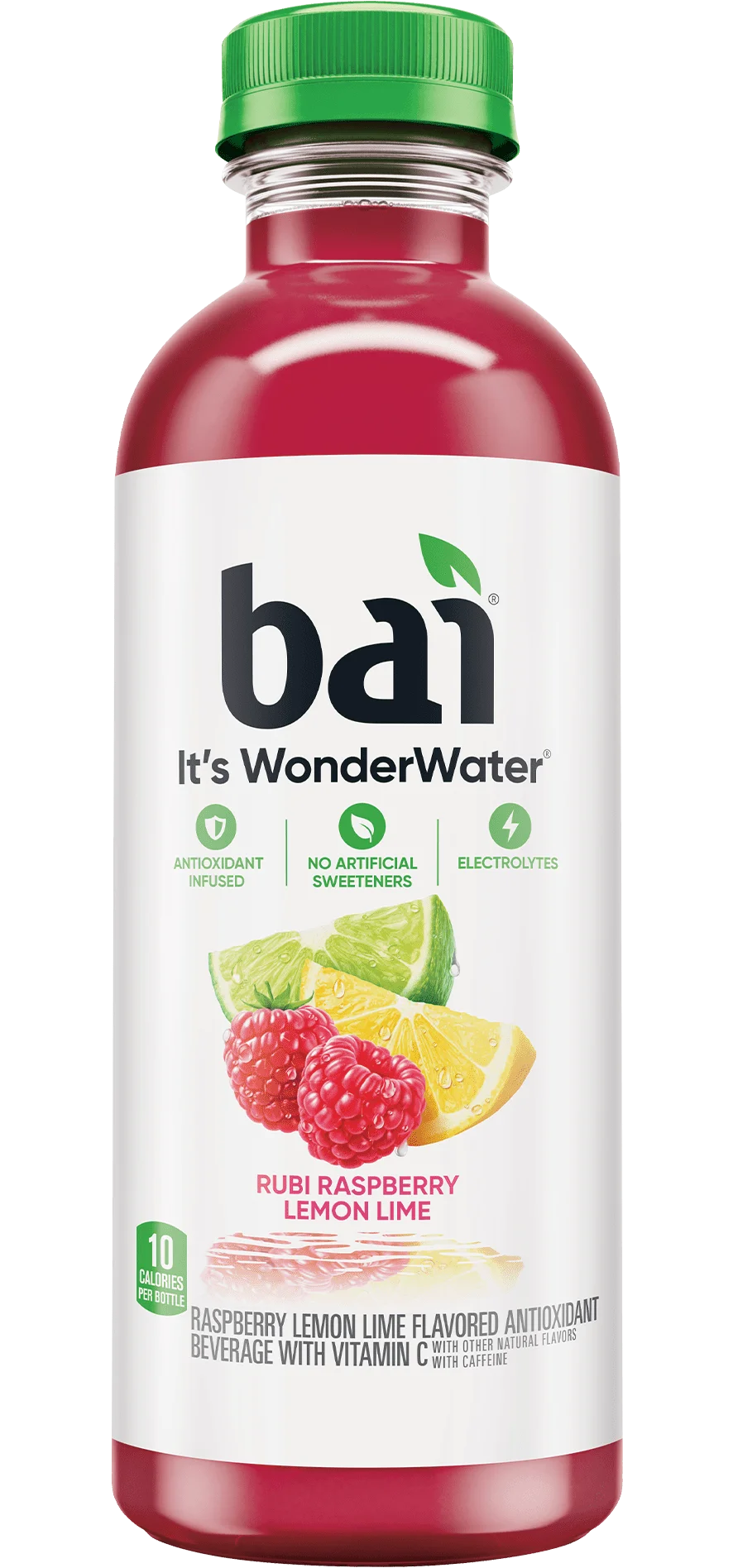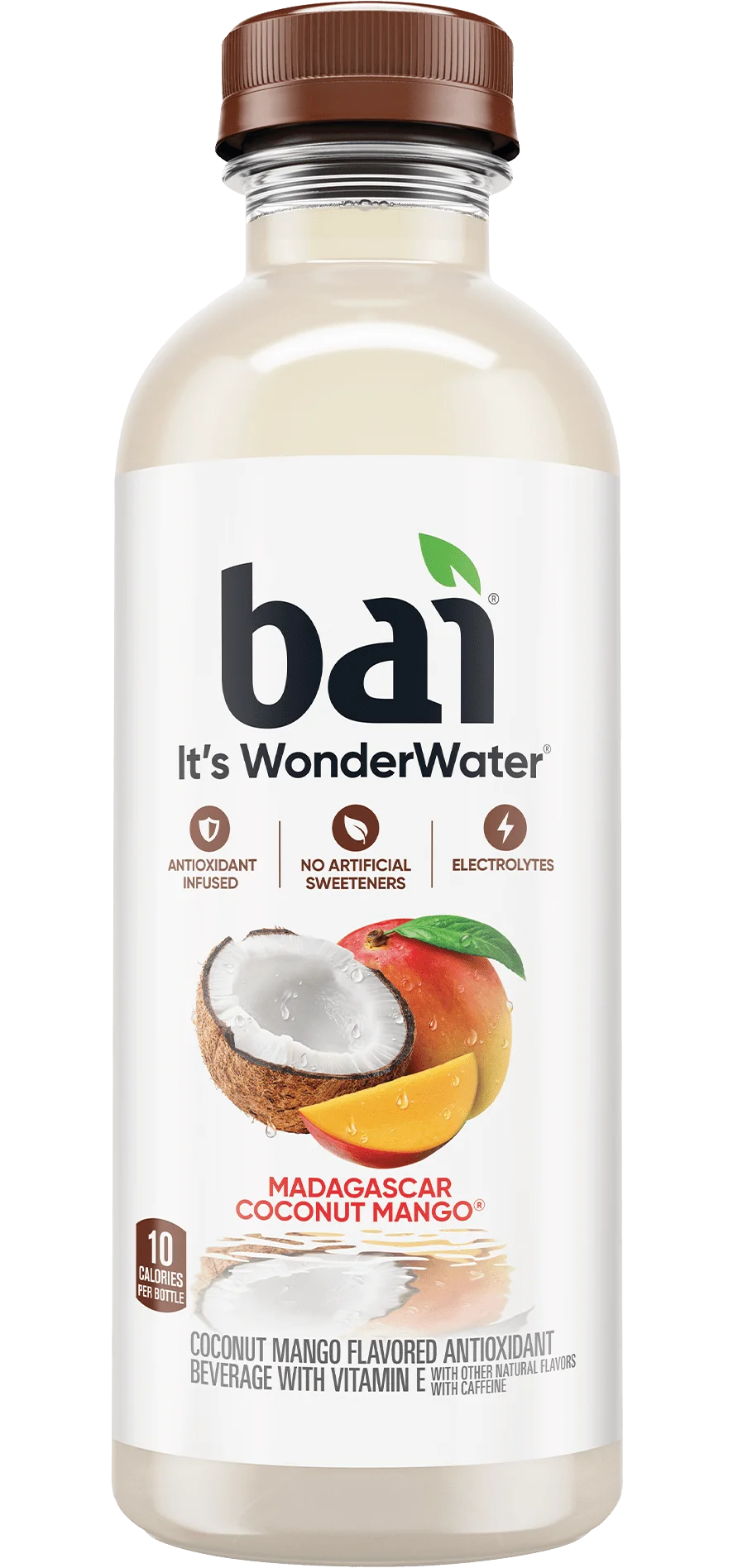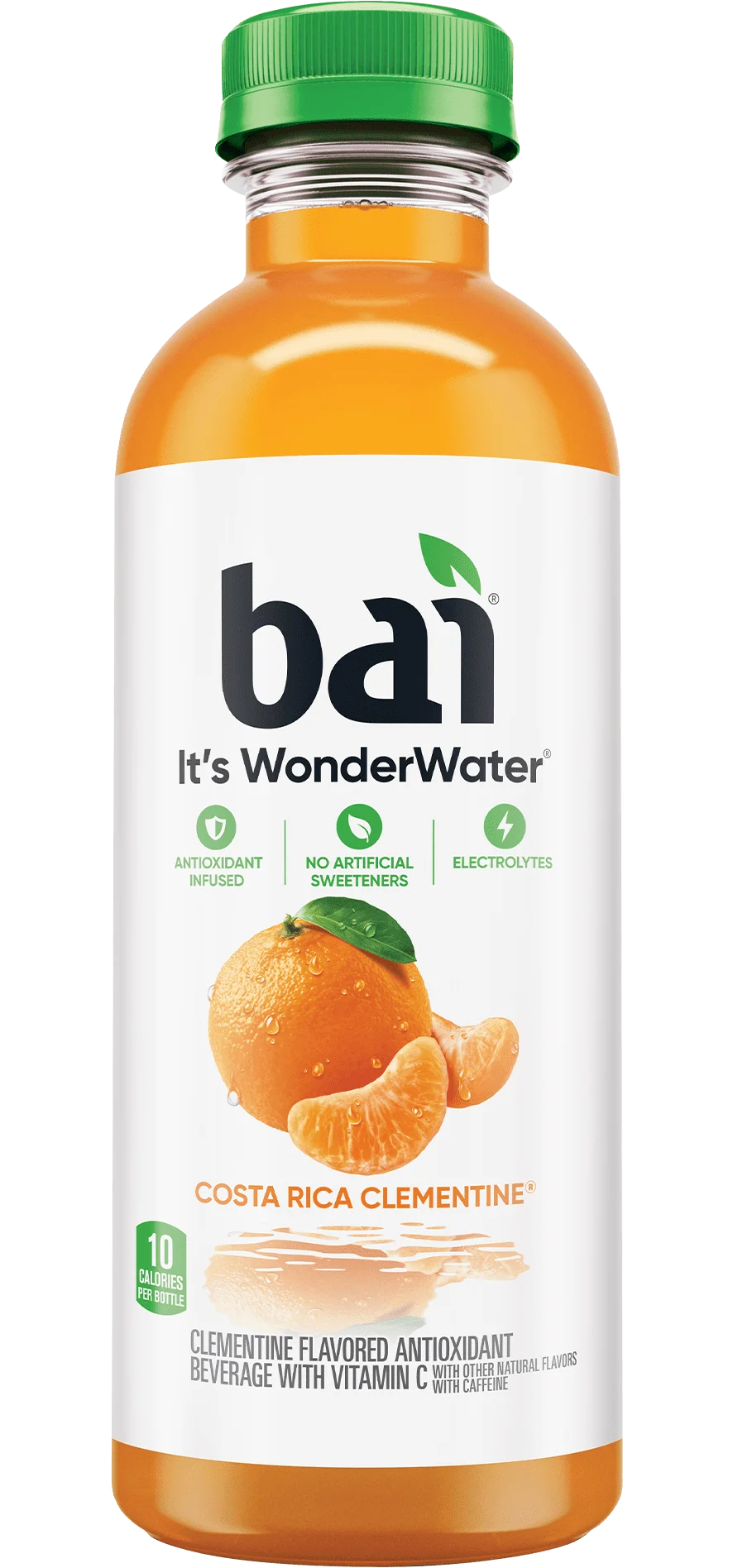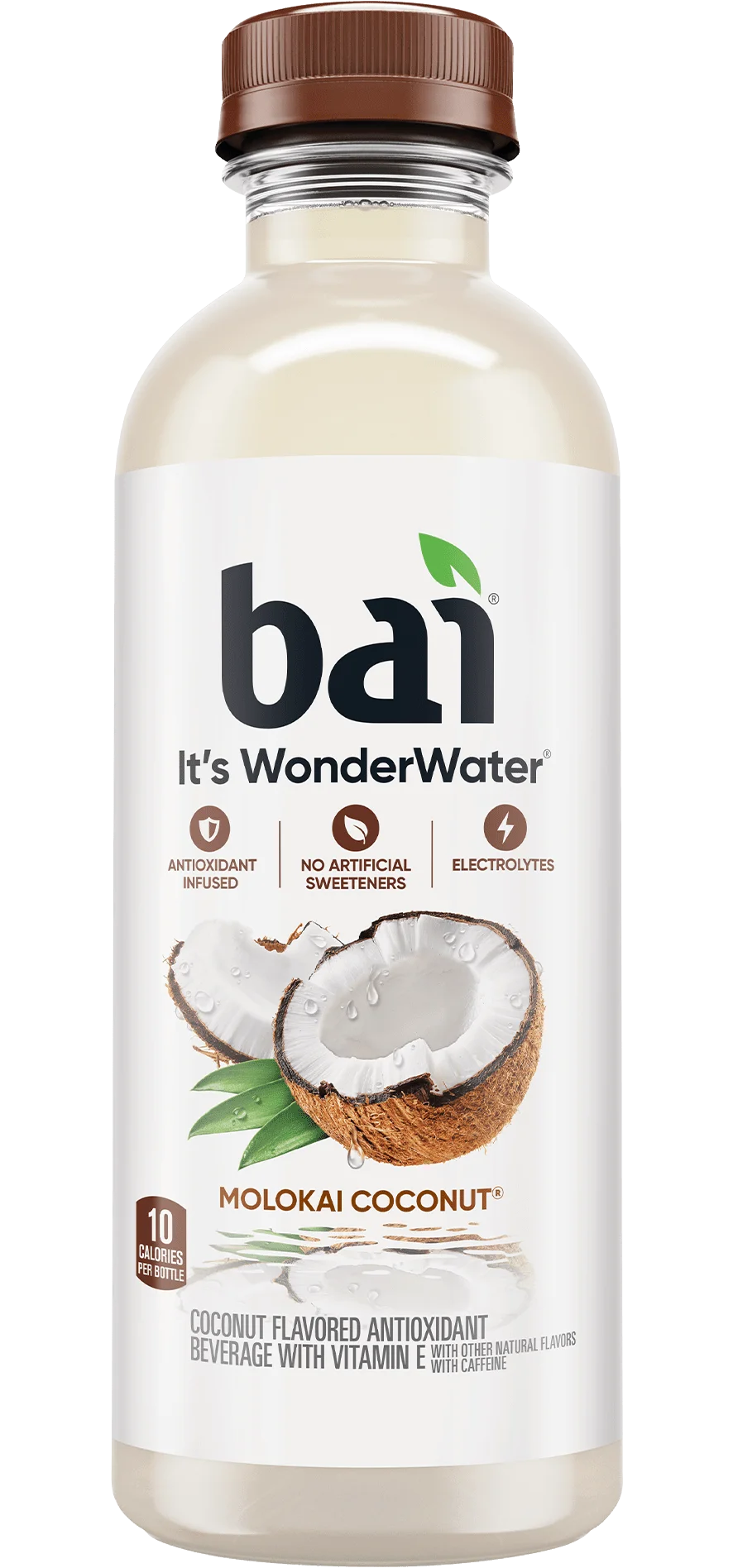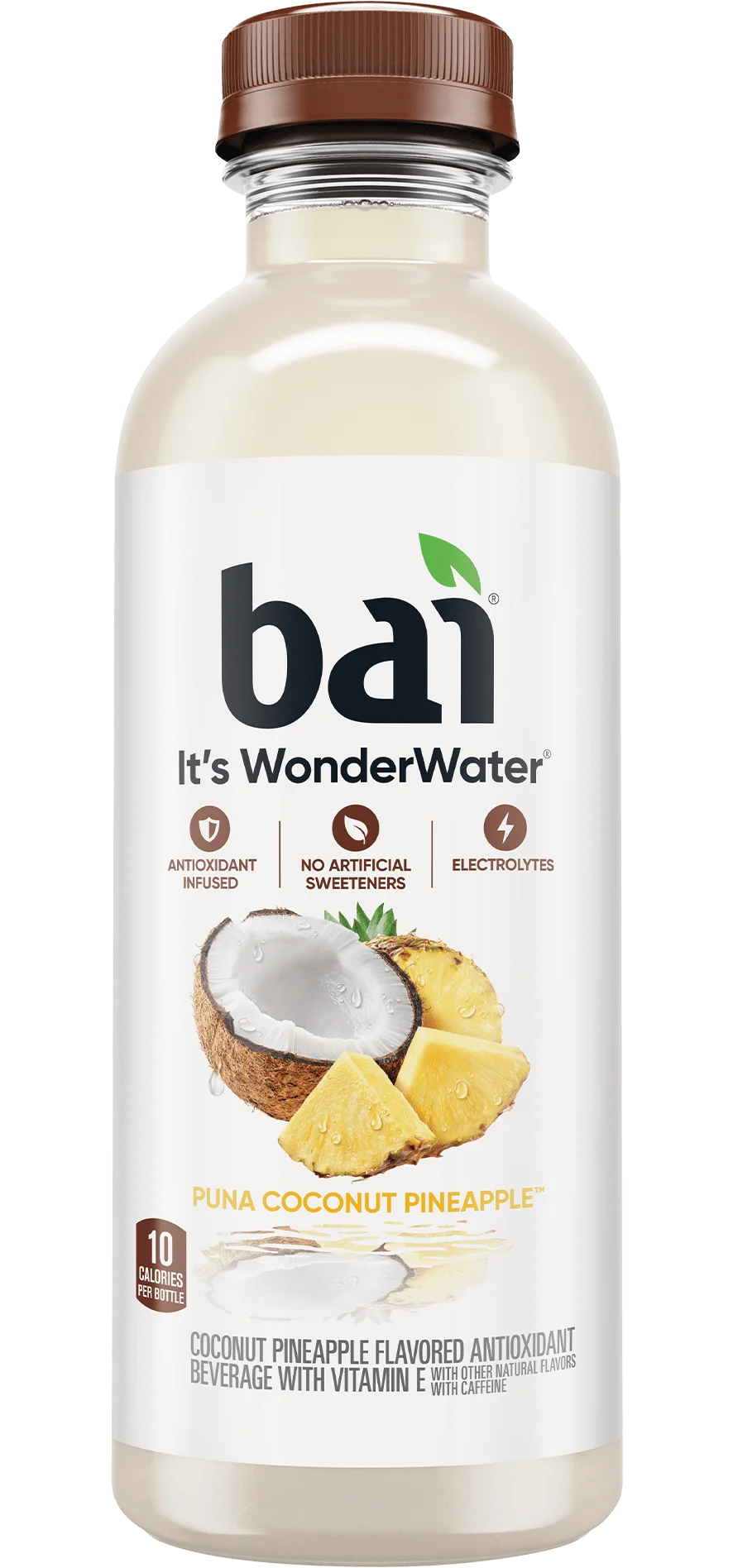There’s more to some drinks or edible items than just the initial taste. Sometimes a taste will linger or change once you’ve swallowed or spit out food or a drink. This little something extra is known as the aftertaste, and it can be quite a treat or an unpleasant bitterness depending on what taste it leaves in your mouth. Some beverages, like wine and coffee, are even judged based on their aftertastes, but the reason it occurs is still not really known.
Definition
The aftertaste is what a person tastes immediately after a beverage or food is swallowed or removed from the mouth. In fact, the taste can remain on the palate, in the throat and in the back of the nasal passages. Though the taste is often just more of what has just been consumed, it can be noticeably different from the initial flavor. Tastes can vary greatly in type and intensity.
Taste VS Flavor
Though they are often used interchangeably, taste and flavor mean different things. The flavor of something is actually perceived by multiple senses. The somatosensory system and the olfactory system work together to help a person perceive flavors, which is what a person experiences when the taste (sweet, salty, sour, bitter, or umami) of something is combined with the other sensations experienced during consumption. This can include smell, texture, color, juiciness, or just about anything else you perceive about the food or beverage.
Why Is There An Aftertaste?
Scientifically speaking, the reason for experiencing a second flavor that is sometimes unique or different from the initial tastes isn’t quite understood. The aftertaste can become part of the whole flavor experience, even influencing whether someone likes or dislikes the flavor of a food or beverage, but it doesn’t require the other sense to be perceived.
It’s thought that this could explain why the aftertaste is different from the tastes and flavors you experience while the food or drink is in your mouth. Your taste buds detect the taste in the same way as they do before swallowing, but without the involvement of the other senses, the taste is different. We do understand that the taste buds and receptors detect the extra taste, but how the brain perceives it isn’t known. The insula, part of the cerebral cortex, is the area of the brain that is thought to be involved in the secondary taste of something.
Is it Good or Bad?
Whether something tastes good or bad depends on how the person consuming it perceives the flavors. In many cases, the aftertaste is part of the appeal of an item and is how a person will evaluate it. Wines and coffees are rated based on the flavor left on the taste buds once the drink has been spit or swallowed. When a taste lingers on the palate and is pleasant—such as with a good wine—it’s referred to as a finish. The finish is often judged based on how long it lingers on a person’s taste buds

